Dragonflies: Friend or Foe? Unveiling the Truth About Dragonfly Bites
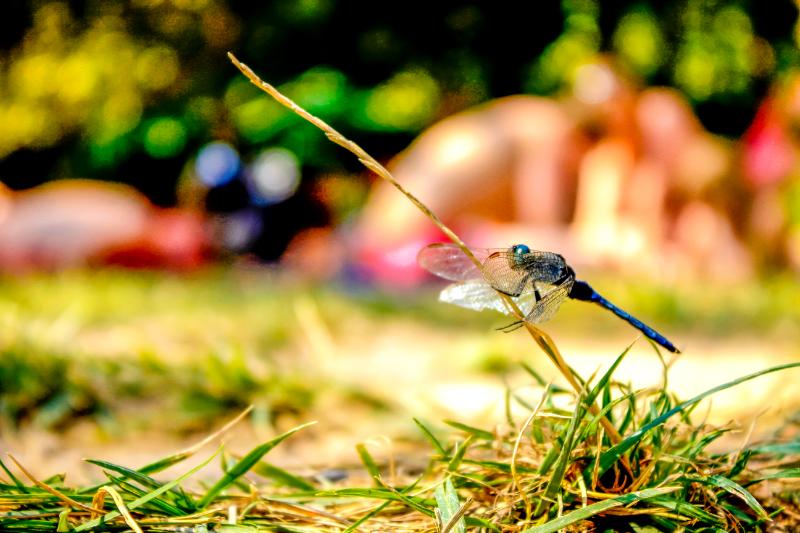
Fascinated by bugs? Ever pondered the question, “Do Dragonflies Bite”? If yes, get ready to unveil some astounding truths. We live in a world teeming with over 95% of animals being insects, posing both charm and challenges. Among them, dragonflies turn heads with their agile flight and vibrant colours. So, let’s dig into their intriguing world and settle the biting question once and for all!
Unveiling Hidden Talents: An Ode to Bugs
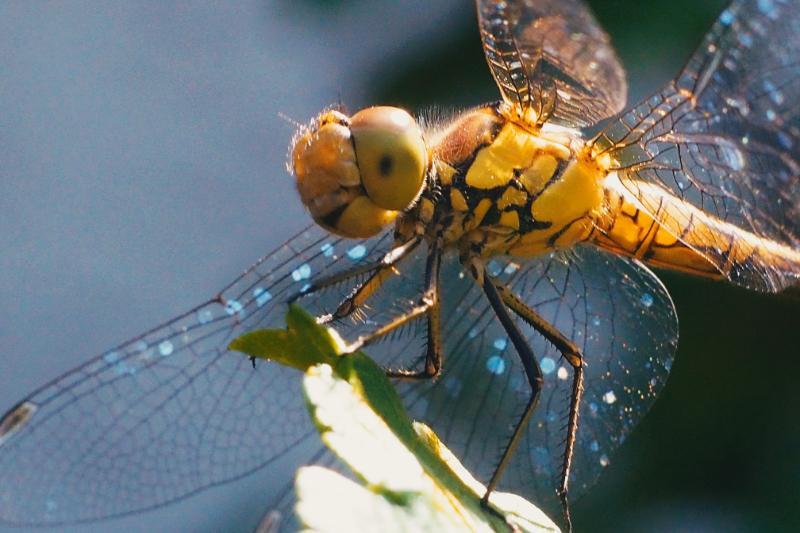
Did you know one female cockroach can spawn over two million offspring in just a year? Indeed, if there were an award for insect survival skills, cockroaches would be sure contenders. But cockroaches aren’t the only bug celebs. The tiny flea is an Olympic high-jumper of the insect kingdom, able to leap over 130 times its body height. And the song-singing cicadas, specifically the males, are known to be the loudest, even louder than a passing subway train.
See Related: The Mystical meaning Behind Dragonfly Symbolism: Unraveling its Spiritual Significance
Killer Mosquitos and Herculean Ants
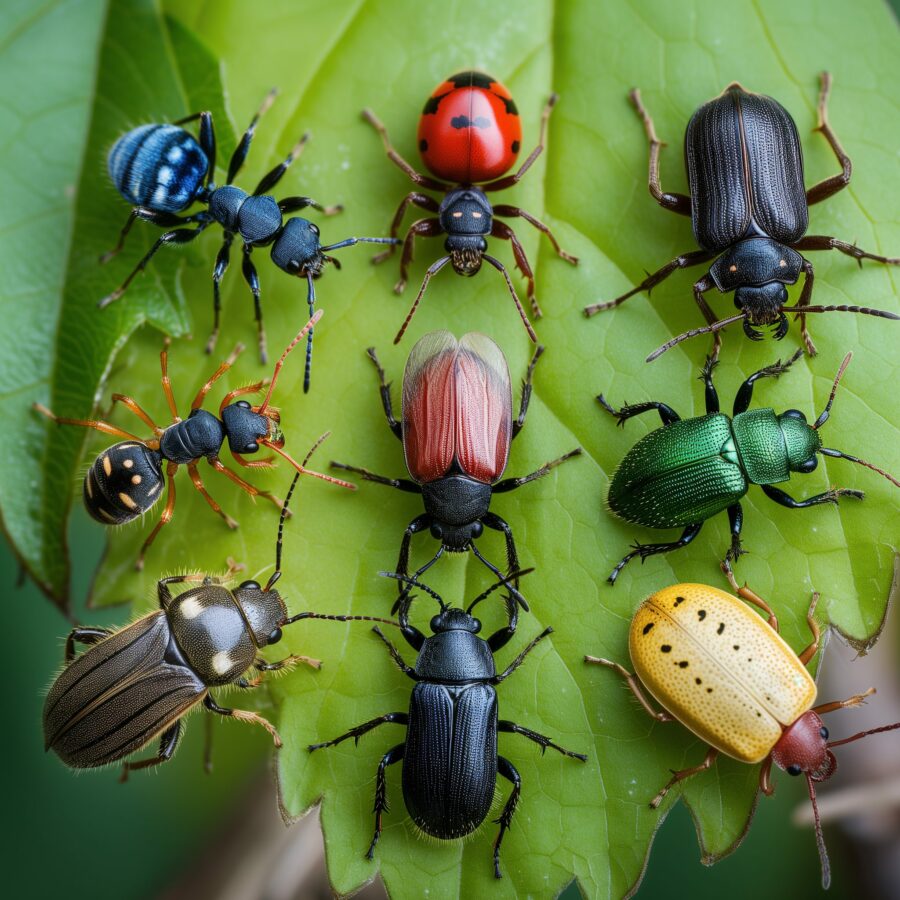
The minuscule mosquito, on the other hand, is humanity’s deadliest enemy. Mosquitoes cause approximately two million fatalities every year due to transmitting lethal diseases. On a cheerier note, the humble ant can lift an unbelievable fifty times its body weight, and tarantula wasps can paralyze tarantulas with their stings before laying eggs inside them. Quite creepy yet fascinating, isn’t it?
Do Dragonflies Bite? Debunking Myths
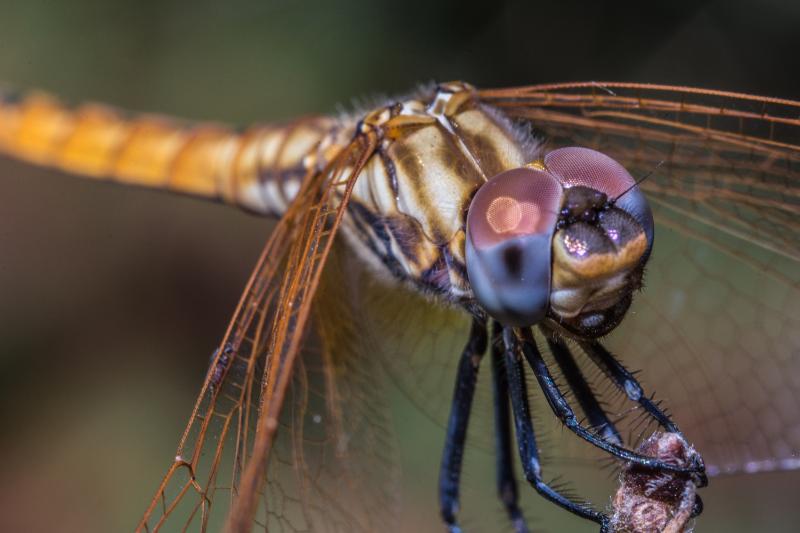
Speaking of fascinating, let’s get back to our keyword: Do Dragonflies Bite? Truth be told, dragonflies can’t pierce human flesh, even if they tried. So, they may try to give you a little nip, but rest easy, there’s no actual biting happening.
See Related: The Mystical meaning Behind Dragonfly Symbolism: Unraveling its Spiritual Significance
An Ecosystem Teaming with Insects

Insects are omnipresent. They feed on a staggering 33% of the world’s crop. Beetles deserve a special mention here – they make up the bulk of insect variety with approximately 300,000 different species. And talking about homes, did you know that a standard bed may host a scuttling crowd of three million dust mites? Quite an undercover party, right?
Record Holders of the Insect World
Now, turning to record breakers, we have the Goliath beetle at the top. The titan beetle is another heavyweight champion while the giant walking stick takes the crown for length. The Asian hornet is the world’s largest wasp, easily overpowering acorns with their size and speed.
A World Beyond Bites
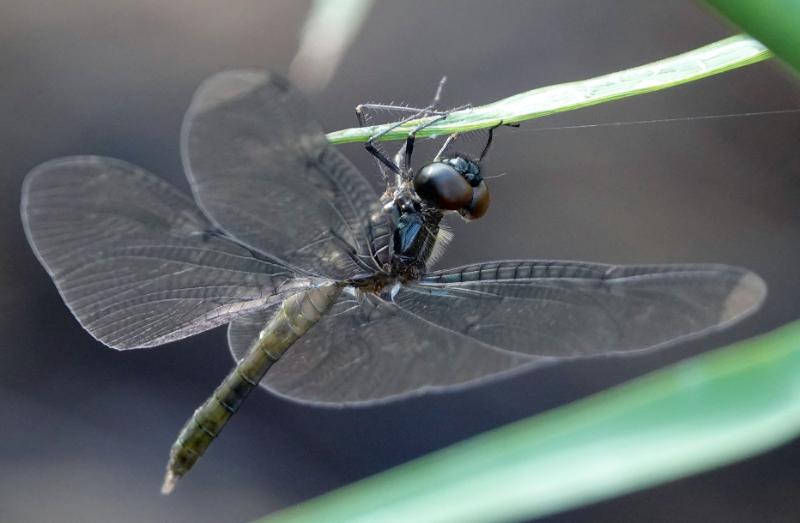
Returning to our central theme: Do Dragonflies Bite? The answer: a resounding no! So the next time you see a dragonfly hovering near you, don’t flinch. Arm yourself with the knowledge that these beautiful creatures are harmless, a friend rather than a foe. Let’s appreciate the intriguing wonders in the bug kingdom and strive to co-exist amicably. After all, every creature adds its own unique charm to our biodiverse planet.